The Launch

Well. Here we are. This is the first (real) post on FocalStudio, this new business idea I'm trying out. Back in May, I traded in some of my older Canon gear and upgraded to the new mirrorless stuff. Having made the jump from a Canon Rebel XSi, which was an entry-level, consumer-grade digital SLR, to a Canon R6 Mark II, the latest and greatest of mirrorless... the results speak for themselves at the bottom of this post.
But, before we get there - a little background.
I've been interested in photography since a young age. I probably got my start around age 8 or 9, in the late '90s, when digital cameras were just proliferating down to the consumer level. My parents gifted me a blue JamCam around 2001, when I was age 11, which took awful 0.3 megapixel images on optics no better than a Kodak disposable camera.
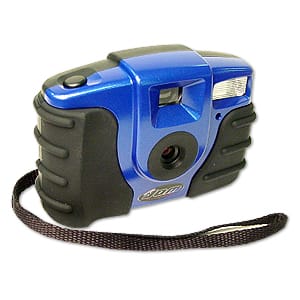

Left, the digital JamCam 0.3 megapixel camera and, right, a sample image.
Armed with my JamCam and not knowing what on earth I was doing, I explored lighting concepts to improve image quality. Using a desk lamp and my bedroom carpet for a white backdrop, I experimented with adjusting the lighting angle and distance to my subject - an over-imaginative LEGO race car, complete with 26 wheels and jet engines (of course), pictured above. I had mixed results and none of the pictures turned out great, but certainly learned and stoked my passion.
At age 13, I independently discovered that by affixing binoculars to the end of my mom's Olympus point-and-shoot, I could capture incredibly close pictures of seals sunbathing on rocks at Monterey Bay Aquarium, California. Those images were lost, along with many other family photos, when a hard drive was accidentally erased. It's (still) a sore subject in my family.
While studying Electrical Engineering at The Citadel, my roommate Matt Fann exposed me to the world of DSLR cameras. Inspired, I bought my Canon Rebel XSi in the summer 2009, an eBay refurbish. This camera truly accelerated my passion into photography, and it traveled everywhere with me. That summer would see me spending many late evenings researching advanced photography topics such as exposure, aperture, ISO ratings, and the multitude of settings available on the DSLR platform. My dad and I camped near Yosemite National Park in August, where I took the cover photo for this post - a three-shot stitched panoramic picture, composed in Photoshop since in-camera stitching wasn't available at the time.
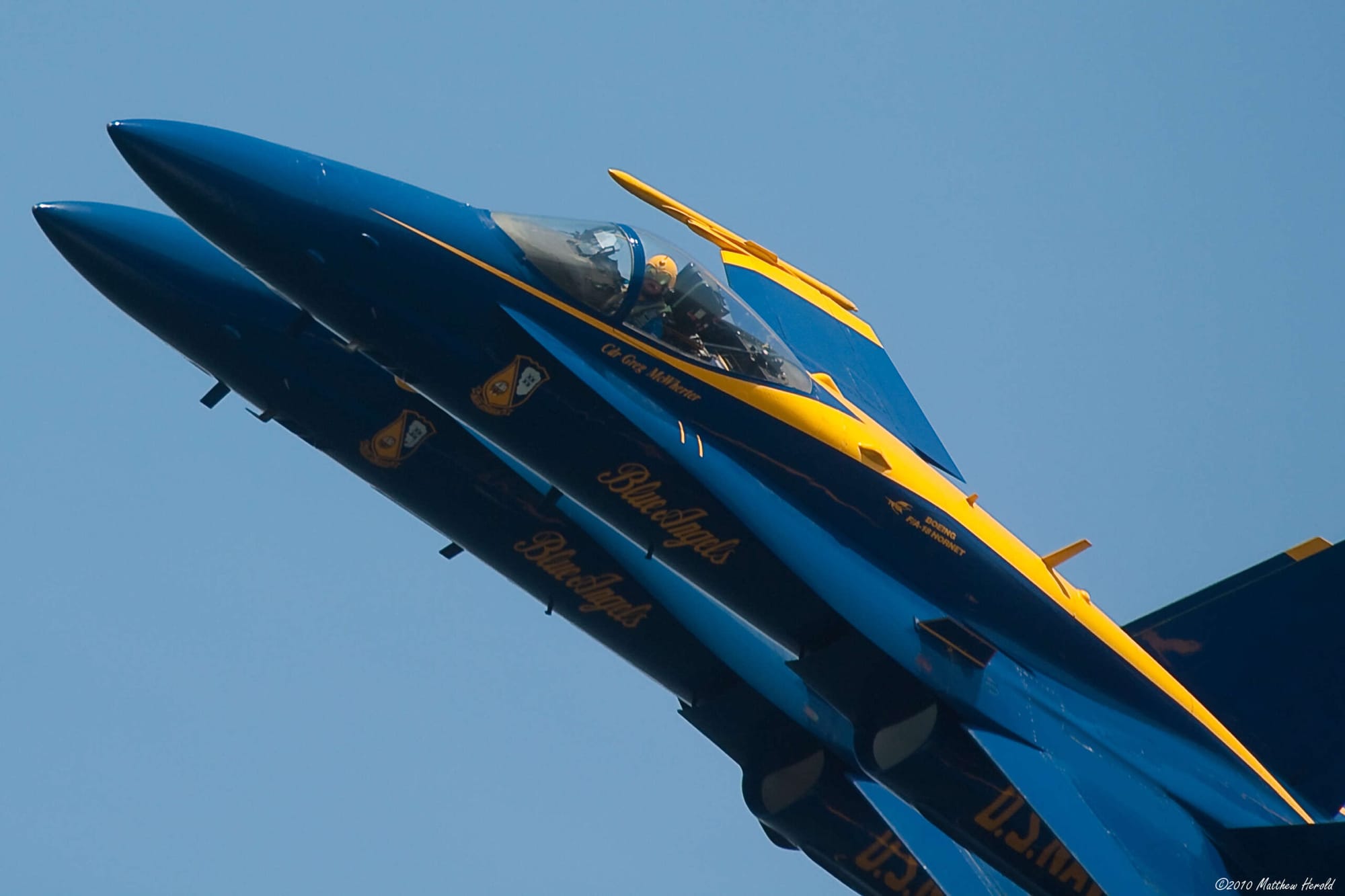
I was lucky enough to befriend The Citadel's official photographer Russ Pace (since retired) who is a Nikon man forced, begrudgingly he would say, into Canon by the school. We would spend many long chats about the latest and greatest Canon lenses and bodies, and I have much to thank of him for his impact on my passion. He kindly let me borrow a Canon-mount, Sigma 50-500mm f/4.5-6.3 beast of a telephoto zoom lens, which I took down to the Charleston harbor to photograph the Blue Angels in April, 2010. That lens attracted a lot of attention - I had many comments about looking like a professional photographer despite that I had, by that point, had my camera less than a year.
That summer, Dr. Lewin Wheat, a retired educator, natural wildlife enthusiast, painter of pelicans, and family friend, gifted me a Canon Rebel XS with the 18-55mm kit lens (which I gave to my mother), EF 50mm f/2.5 Macro, EF 75-300mm f/4-5.6, and, best of all, the EF 100-400mm f/4.5-5.6 L IS USM which became the nicest glass I owned to date. Lew would pass away the next year, and I cherished and babied that lens for the next decade.
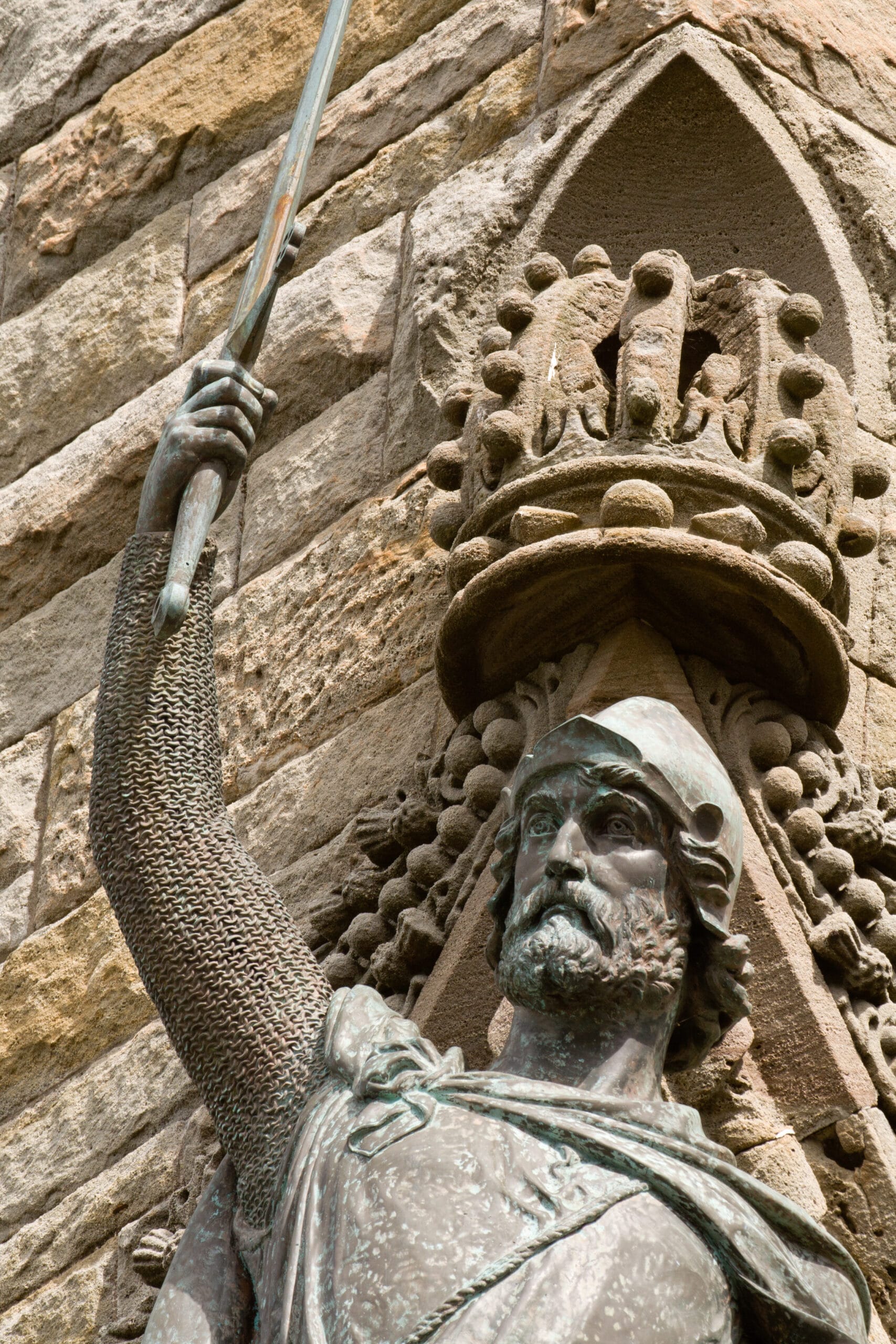
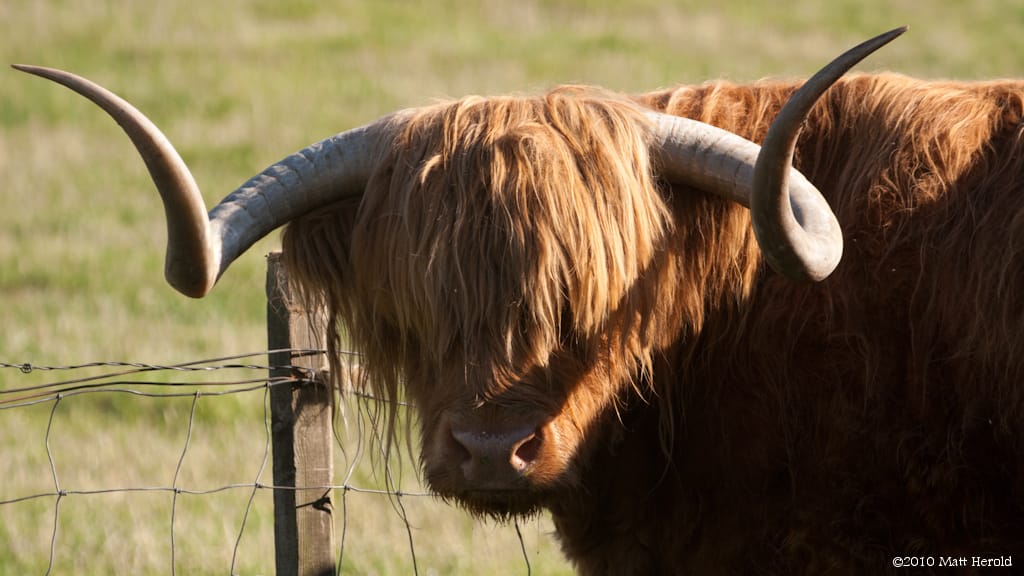
Left, the William Wallace monument in Sterling, Scotland. Right, a highland cow somewhere in the Scottish countryside.
It came with me to Scotland in August, 2010, when I was performing as part of the Regimental Band & Pipes at The Citadel for the Royal Edinburgh Military Tattoo. Pictured here, a highland cow on the EF 100-400mm L.
The next decade, unfortunately, saw my passion for photography fade. I commissioned into the United States Air Force and began working on a Masters of Science, which took up much of my free time. Then, a Synology Diskstation would crash during a volume expansion, losing all of my originals, which effectively put the last nail in the coffin. I was crushed.
Over the last few years, I would grab my Canon Rebel XSi occasionally, but with the massive improvements in mobile phone cameras like the multiple iPhones I've owned since 2009, dragging such a large camera and lens around was cumbersome and the results were not much worth it. The Rebel XSi never had good low-light performance and was showing its age, both in technology advancement and the several dead pixels that had manifested on the image sensor, by the mid-to-late-2010's.
Plus, I was dealing with poor autofocus performance on Lew's EF 100-400mm L glass. I told myself I would eventually upgrade to a newer body and set my sights on the Canon 7D, 7D Mk II, 5D Mk III used, etc..., and that would perhaps help with the autofocus performance and improve image sensor sensitivity, but never pulled the trigger. I've also come to learn that the original 100-400mm L lens was notoriously bad with autofocus, and that the Mk II of the lens had fixed that problem. But, upgrading to such a lens was going to be costly.
Earlier this year in 2023, my wife and I entered our dogs into our first agility competition. A volunteer photographer named Stacy Parks was running her dog while photographing, so I offered to use her Nikon camera to take pictures of her at trial. I was immediately hooked. A month later, I sadly sold Lew's lens, my Rebel XSi, some of the other lenses I still had with me, and a Canon F-1 given to me by another friend many years ago to Dodd Camera in exchange for a Canon R6 Mk II, finally making the plunge into not only the full-frame image sensor goodness I had been longing for, but mirrorless, too.
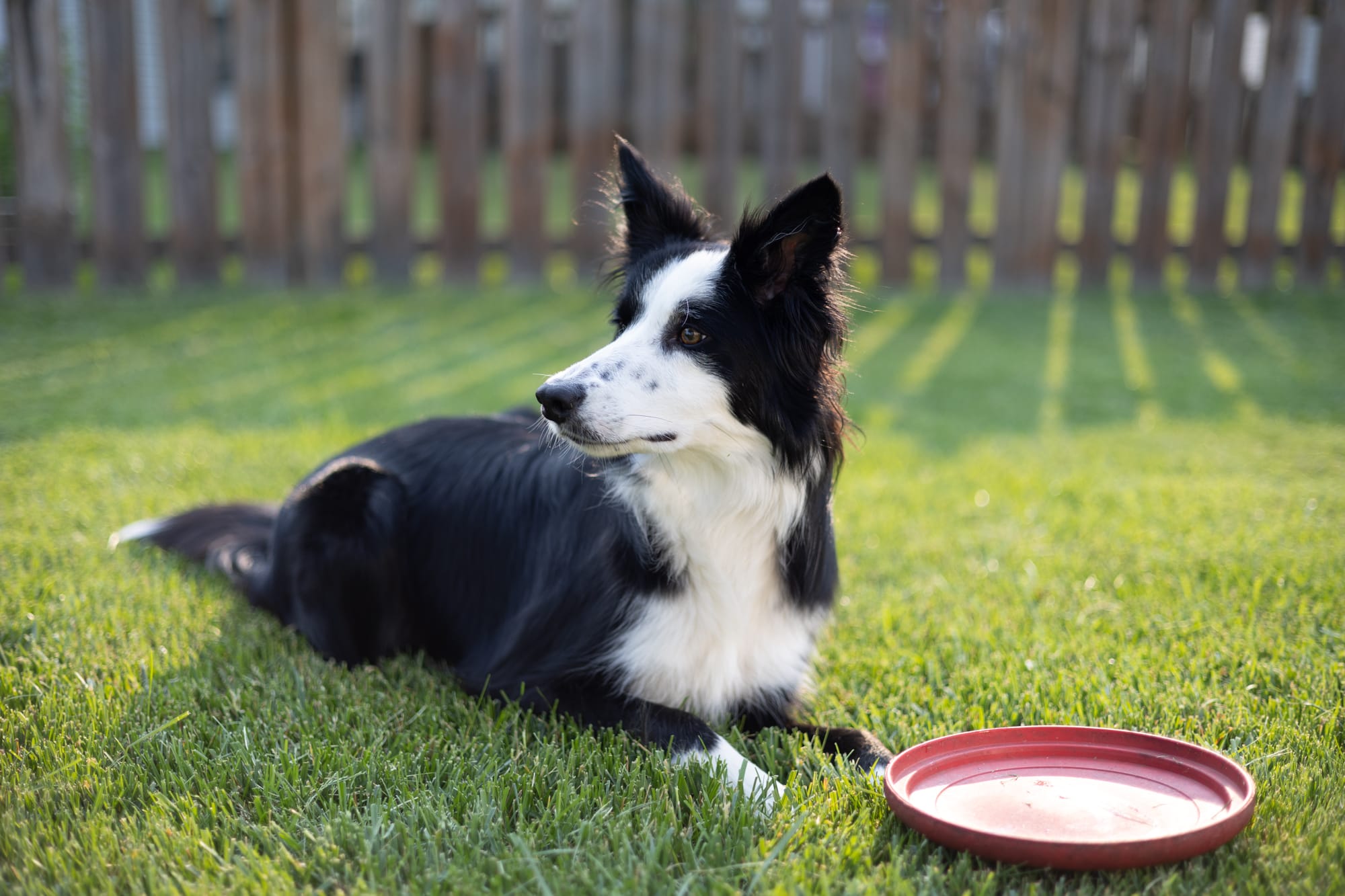
What do we call this now? Interchangeable lens technology? It cannot be "DSLR" technology because mirrorless cameras lack the "Reflex" or "R" in "SLR." Anyway. Interchangeable lens technology has come a long way. This image of our dog Echo was taken on my R6 Mk II and a very cheap, $160 RF 50mm f/1.8 prime. I am absolutely blown away by the image quality.
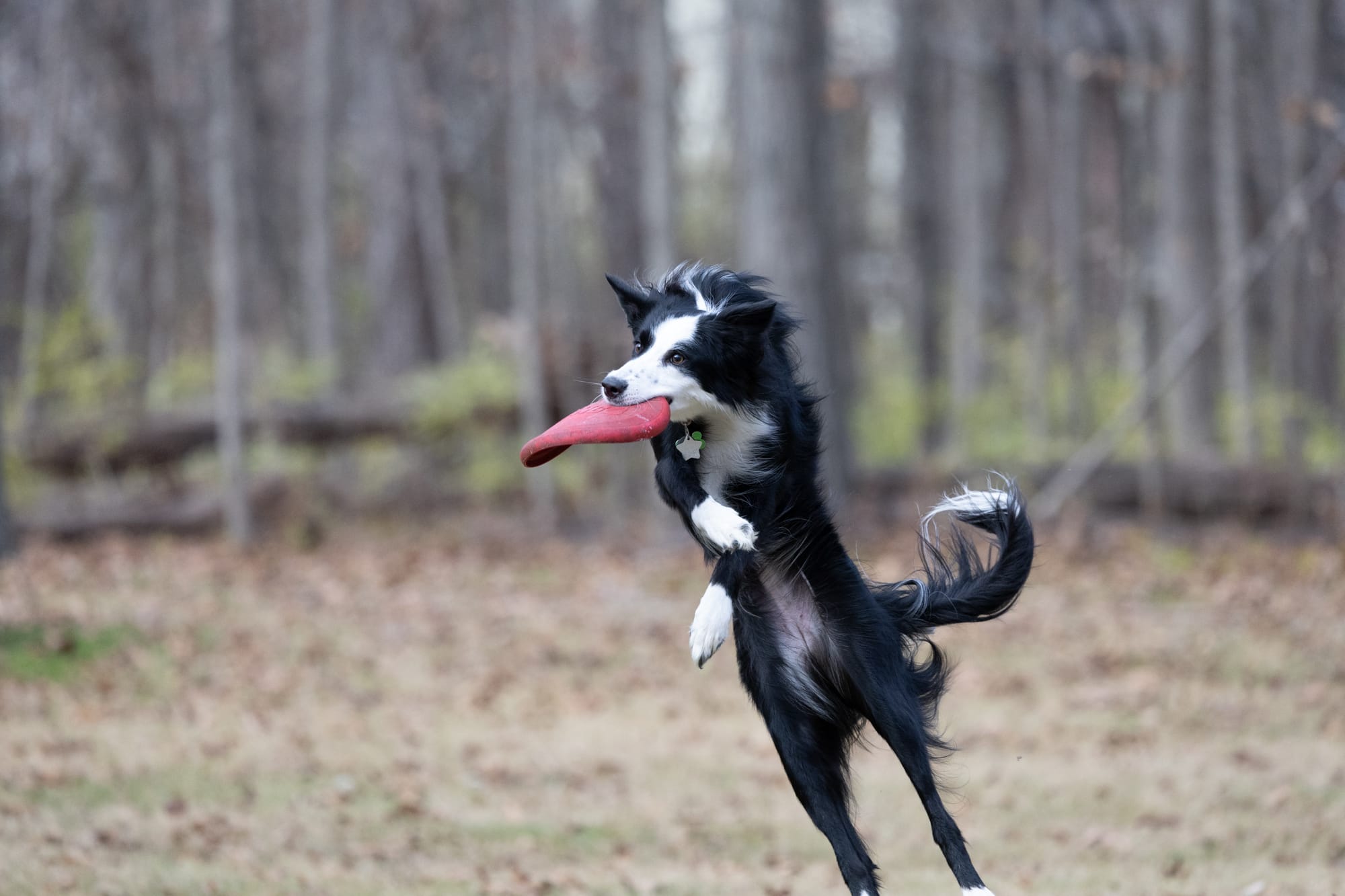
And that brings us to today. I've launched FocalStudio after spending the last few months developing the website myself. I added the RF 100-500mm f/4.5-7.1 L IS USM to my arsenal, which I snagged on an awesome Black Friday deal from B&H Photo, and am ready to begin shooting dog competitions. Pictured above, Echo in action on the RF 100-500mm f/4.5-7.1 L.
The bottom line is, I have many people to thank along my photography journey and am incredibly grateful for my wife's support in this new endeavor. I'm excited to see where the future takes me with my renewed passion.
If you've read this far, thanks, and I hope to see you around in the Dayton, Ohio area, really soon!

Member discussion